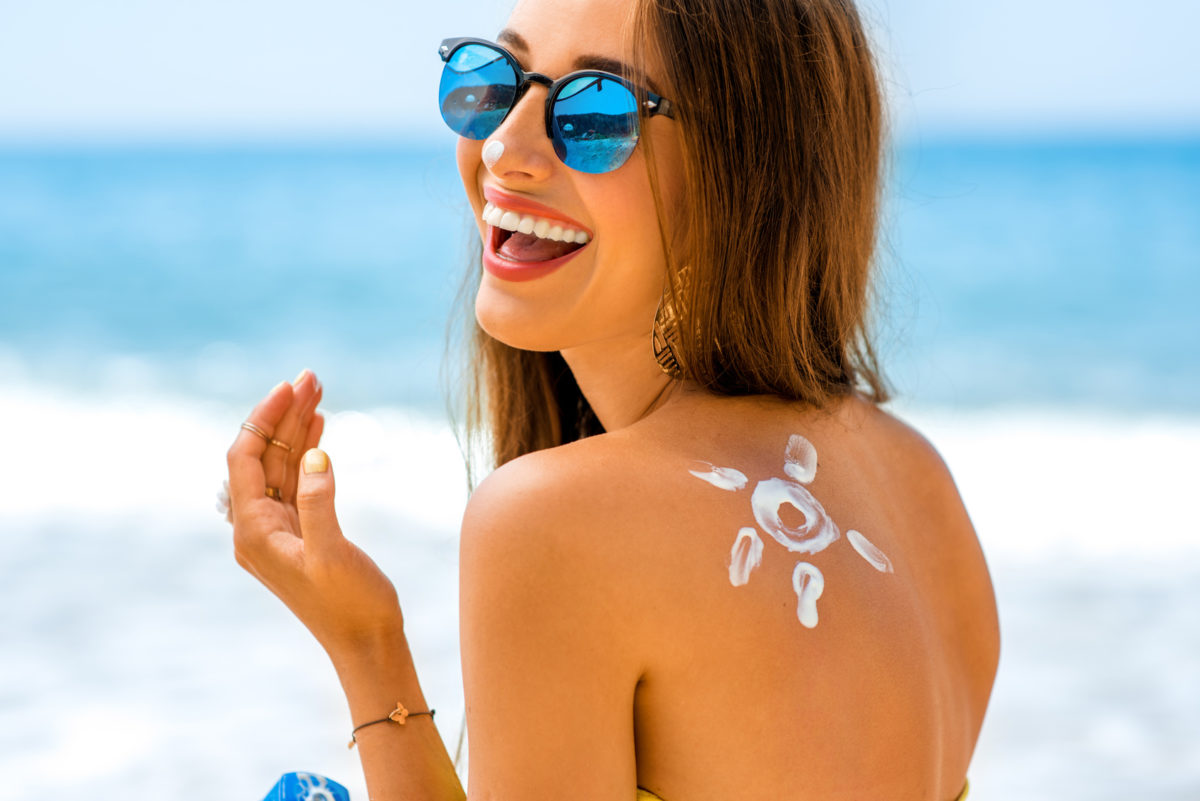Most of us think of sun protection as seasonal, during spring and summer only. While it is important to protect ourselves in the months ahead, it should not be forgotten that sun protection is also important in the winter months.
Recent attacks against the effectiveness of sunscreen by media reports have caused some consumers to question the safety of sunscreens.
Since 1966, no studies have shown any evidence suggesting sunscreen as a cause of melanoma, the deadliest form of skin cancer. The increase in melanoma in recent years is likely the result of several factors, especially the increase in tanning. Sunlight and indoor tanning booths emit ultraviolet (UV) radiation, a proven cause of cancer.
In addition, there are no studies, to date, that demonstrate sunscreen use leads to Vitamin D deficiency. Vitamin D is thought to be important in many disease and immune processes, so adequate supplementation is needed. The vitamin D benefits of sun exposure cannot be separated from the harmful effects of sun exposure. Safely obtaining vitamin D through diet and supplements can easily be achieved. Usually a daily dose of 800mg of vitamin D is sufficient.
In winter months, many people believe that sun protection is not needed. This is not true; sun safety is needed in all seasons. The sun’s UVA and UVB are always present and burns can develop on cloudy days.
In the past, sunscreens focused mainly on preventing sunburns, which are caused by ultraviolet B (UVB). Today, more sunscreens are adding ingredients, e.g. titanium dioxide, and zinc oxide to protect against ultraviolet A (UVA).
When choosing a sunscreen, patients should find a product that offers protection against UVA and UVB. SPF (sun protection factor) specifically refers to the amount of UVB protection. An SPF 15 sunscreen screens 93% of the sun’s UVB rays, while SPF 30 protects against 97% and SPF 50 protects against 98%. In most cases, choosing sunscreens with SPF greater than 30 and avoiding heavy sun exposure is sufficient.
Remember that one blistering sunburn in childhood or adolescence doubles a person’s risk for melanoma. To keep your children sun-safe, cover your children in sun-protective clothes–long sleeved shirts and pants made of bright- or dark-colored, tightly woven fabrics. In addition, ensure that your children apply sunscreen with SPF 30 or higher thirty minutes before leaving for school. Ideally, reapply before all outdoor activities. The sun is most intense between 10:00 am and 4:00 pm so teach children to seek shade during recess and wear a broad-rimmed hat and UV-blocking sunglasses when heading outdoors.


